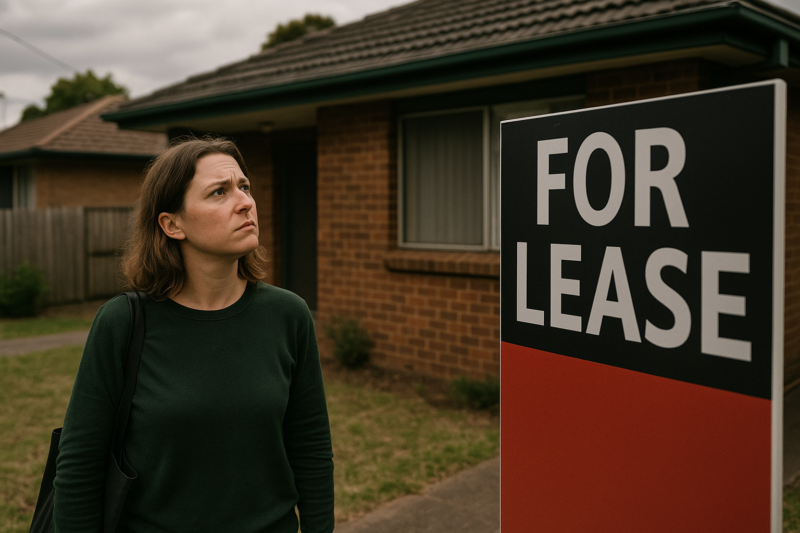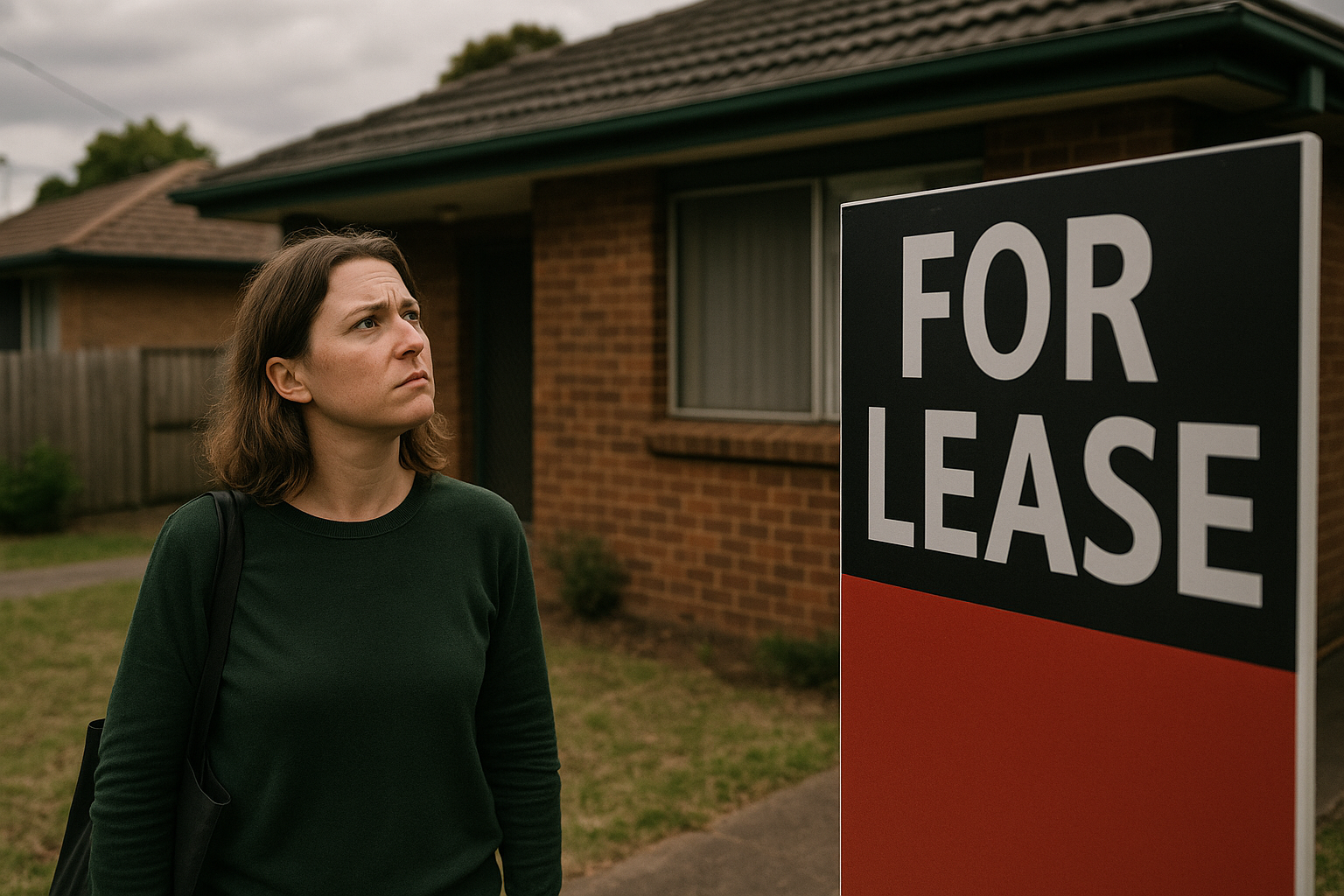
Key takeaways
The government is considering changes that would allow superannuation funds to invest more directly in the rental housing market, potentially unlocking billions of dollars to increase supply.
In markets like the US and UK, institutional landlords have been linked to higher rent increases and reduced competition, sometimes buying entire buildings or suburbs.
While new sources of capital are needed to boost supply, there’s a danger that institutional ownership could erode affordability and tilt the balance of power away from tenants.
The government must carefully design safeguards around rent-setting, competition, and tenant rights, to ensure that increased supply doesn’t come at the cost of higher rents or reduced housing accessibility.
The federal government is exploring ways to unlock billions of dollars from Australia’s $4 trillion superannuation system to help boost rental housing supply.
At first glance, this looks like a win-win solution: more capital flowing into the housing sector, more stock built, and a step toward easing the chronic rental shortage.
But as is often the case with big ideas in real estate, the details matter.
If handled poorly, this move could have serious unintended consequences for both renters and investors.

Why Super is being considered
Australia’s rental market is under enormous strain.
Vacancy rates remain painfully low, rents are rising at their fastest pace in decades, and private investors, the traditional backbone of the rental sector have already carried much of the load.
Many are now stretched by higher interest rates, land tax hikes, and policy uncertainty.
Against this backdrop, policymakers see super funds as a potential new source of capital that could help fast-track the development of build-to-rent housing.
Even a small redirection of superannuation funds could mean tens of thousands of new homes delivered.
But increasing supply isn’t the whole story. Who owns and controls those homes, and how they choose to run them, will shape the long-term dynamics of the rental market.
The risks of institutional ownership
Ray White’s chief economist, Nerida Conisbee, has cautioned against assuming institutional landlords will behave the same as small private investors.
She said:
“What people need to acknowledge is that what we have seen overseas is that big companies owning rental properties isn’t a benign force.
They need to get a rental return, and in some cases, we have seen them push up rents more than individual investors to be able to get that return.”
This is the heart of the concern. Large-scale institutional ownership changes the incentives.
Unlike small landlords who often have a mix of financial and personal motivations, super funds are driven by strict return requirements.
That creates the risk of higher, less flexible rent structures across the board.
And if the institutional players set a new “benchmark” for rents, private landlords may feel compelled to raise theirs in line, further fuelling rent inflation.
A double-edged sword
There’s no doubt that fresh capital is needed to expand rental supply.
As Ms Conisbee notes, relying solely on mum-and-dad investors is no longer enough to meet the country’s housing needs and super funds could play a valuable role in broadening the base of providers.
The question is whether the benefits of additional supply will outweigh the risks of higher rents and reduced competition.
Without careful regulation and tenant protections, Australia could end up importing some of the same problems seen overseas, where institutional landlords dominate markets and affordability worsens.
Some final thoughts
Clearly this is a delicate balancing act.
On one hand, super funds represent an enormous untapped resource that could help ease one of the biggest housing challenges of our time.
On the other hand, institutional ownership could shift the rental market in a direction that ultimately disadvantages the very renters it’s meant to help.
The government must ensure that any policy changes come with safeguards, around rent-setting practices, tenant rights, and competition, to prevent “financialisation” from eroding housing affordability.
In short, we should welcome new sources of supply, but we can’t afford to be naïve about the potential consequences.














